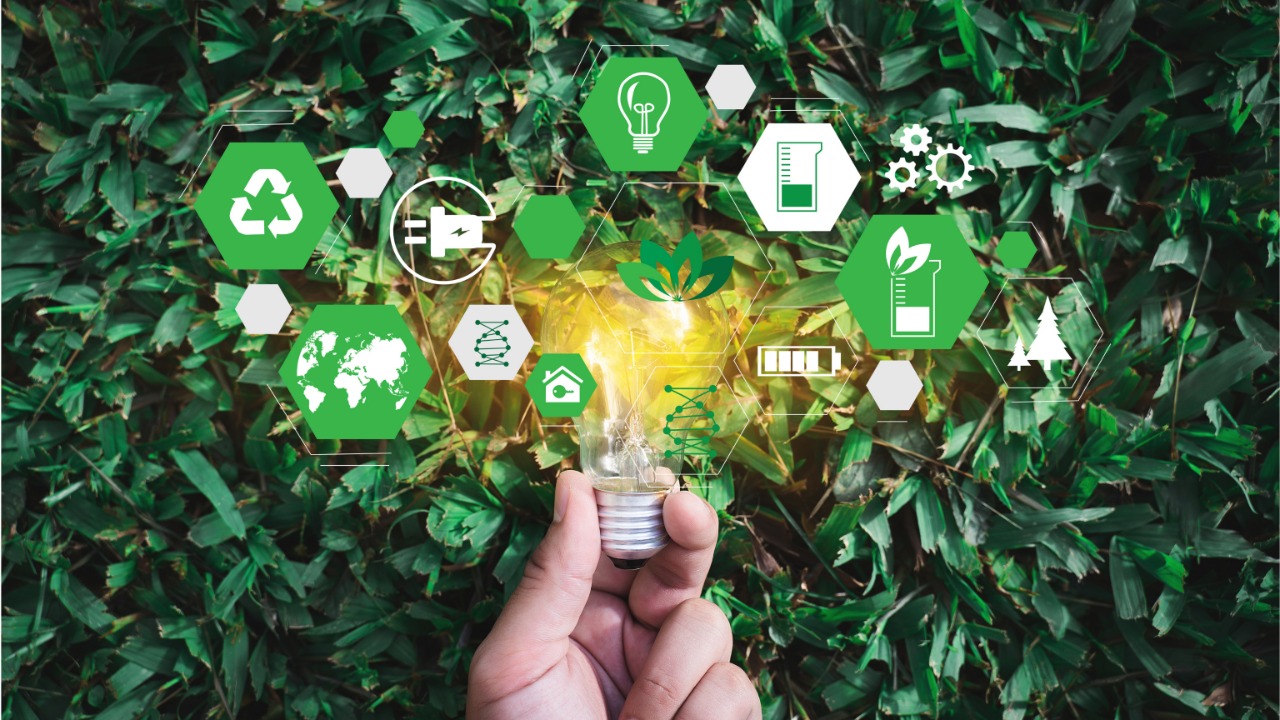A brief history of research in nanotechnology and nanomaterials
In Brazil, as well as in other parts of the world, scientific research in the area of nanotechnology began two decades ago and continues to develop. The research area in nanocarbons is structured in a national group, the INCT Nanocarbono group, formed by academics from different institutions and companies (Nacional de Grafite e Magnesita) since 2008. In order to promote the continued development chain of nanoproducts and connect with the market, today Brazil has three important initiatives – CTNano, MGgrafeno, and MackGraphe. On a pre-industrial scale, these initiatives produce carbon and graphene nanotubes of different types and they have international competitive quality.
In view of scientific publications and international efforts to try to elucidate doubts related to the risks of nanoparticles, some concerns have also arisen in Brazil. What risks do these nanomaterials pose to health and the environment? How to work with these nanomaterials in this environment of uncertainty and still minimize the occupational and environmental risks of working with them? Still, what path would the nanomaterials area take? Would the legal limit for nanotechnology be established?
From these discussions and efforts, in 2015, Brazil officially joined the list of countries that are part of the European project NanoReg (project on regulatory research in nanotechnology). For two years, eight Brazilian laboratories participated in the project, analyzing the ecotoxicity of nanomaterials already used in products and providing data to an international repository.
Current research scenario in nanotechnology and nanomaterials in Brazil
Currently, CTNano and MGgrafeno have researchers dedicated to the safety area, along with the environment and health. They develop researches and establish processes for monitoring nanocarbons in the air, also manage to treat liquid waste containing these nanomaterials, among other jobs. These services are similar to sectors of a company, thus, the development of nanomaterials is closely monitored. Beyond that, they develop ways to minimize the environmental and occupational risks of nanomaterials that are being produced or handled.
Nanos is born!
Nanos is a fruit of this context. That’s how it started. We were members of this nanocarbon research group for a few years and we worked hard on these initiatives. Therefore, we know that we can deliver solutions to enhance the optimized, safe and sustainable development of nanotechnology!
Written by Camila de Oliveira Viana


